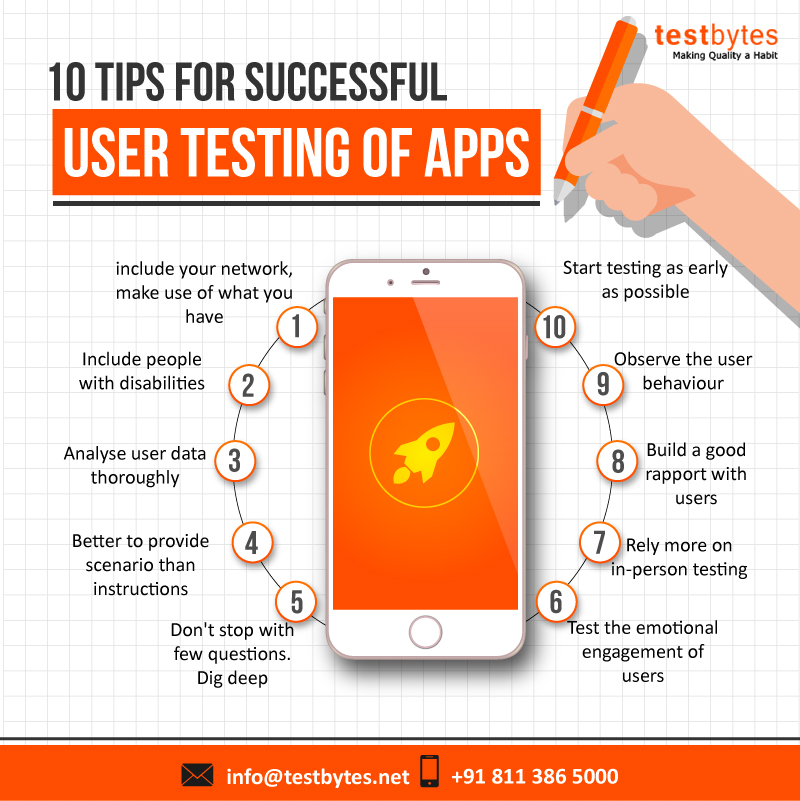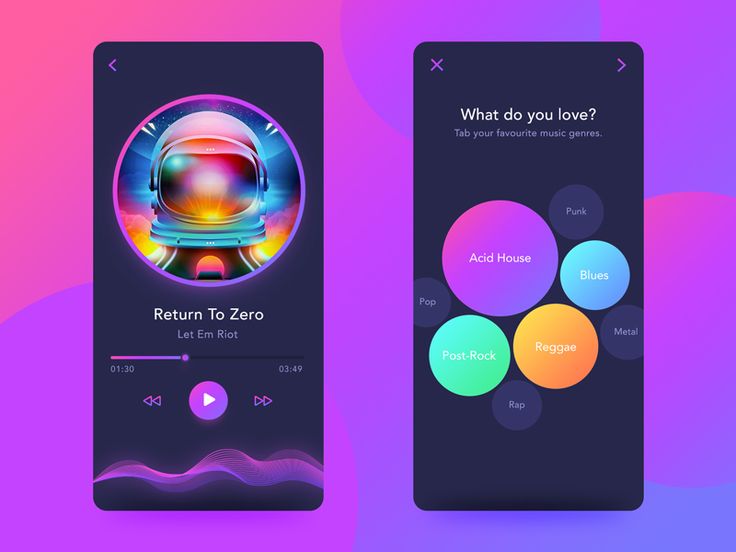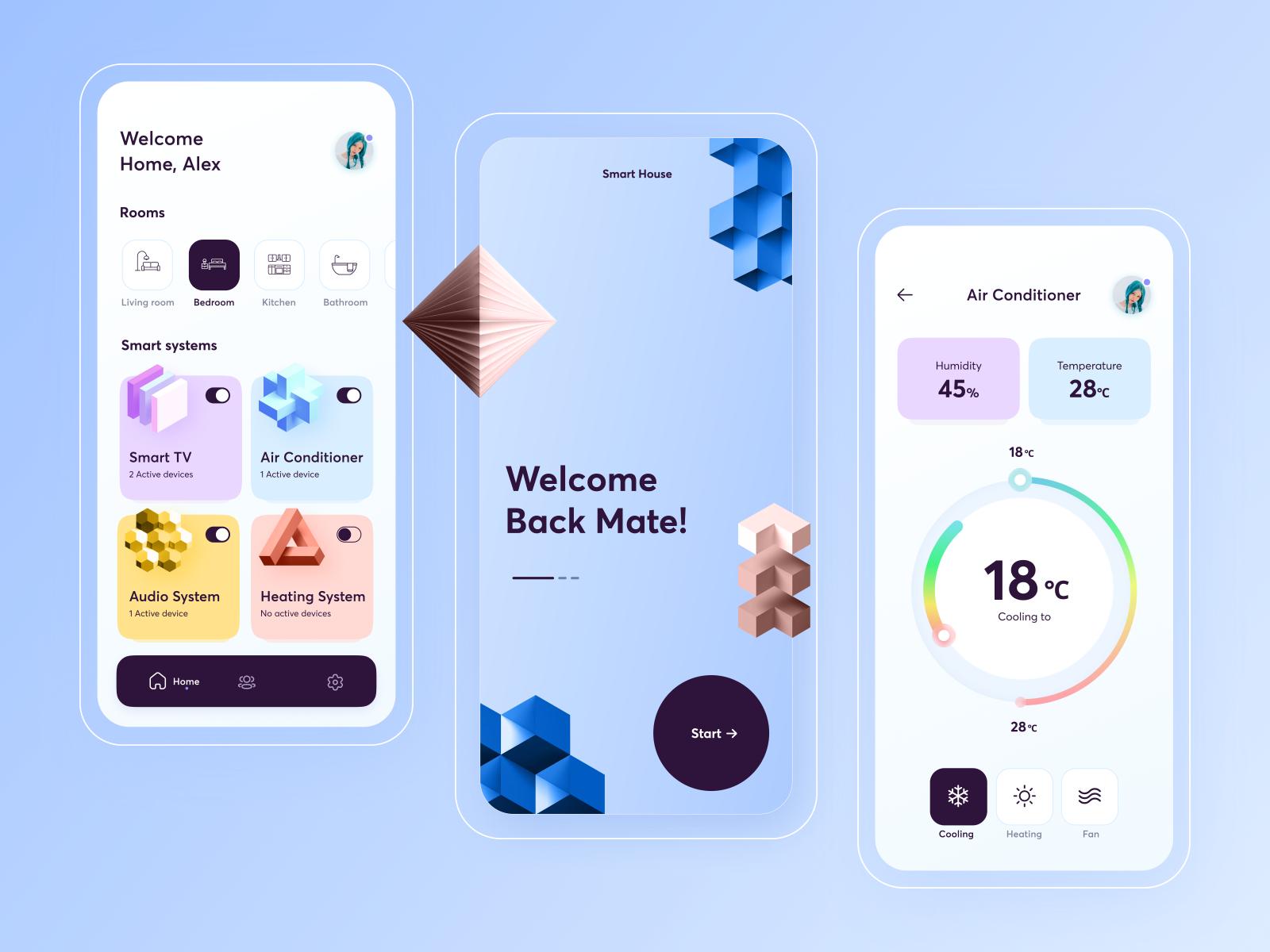
You may be curious about the average salary and earnings for web designers. But, depending on your geographic location and educational background, your earnings could vary. Here are some tips to help you earn the highest salary possible as a web designer. Continue reading! The top five factors that impact your salary are listed below. A web designer may earn anywhere from $55,000-$110,000 per year. It is important to be knowledgeable about the market as well as the most current features in your industry to make a living working as a web design.
Average salary
The average salary of a web designer will vary depending on where you live, how talented you are, and what your location is. You should aim for $75 an hour if you are self-employed. This will ensure you can cover your taxes and pay yourself. If the freelance web designer has sufficient experience and can show their work, they may charge more. Rates vary depending on the client. If the client is large, you could expect to earn as much as $79k annually. The starting salary for an entry-level job can be as low at $56k.

Your potential to earn
There are many factors that affect the earning potential of web designers. A web designer could earn between $49,000 and $94,000 per annum working full-time. You can make anywhere between $30 and $80 an hour if you are self-employed. In other words, if you're an experienced designer, you'll earn much more! The base salary of a web designer depends on your experience and the company you work for.
Lage
The location of a web designer's salary will vary considerably depending on the city in which he or she works. If a web developer lives in San Jose CA, his salary is likely to be higher than that of a Jackson WY resident. But this is not the case for freelance web developers who live in smaller communities. These differences can be attributed to the lower population density in small towns and the higher costs of living.
Education
No matter whether you are looking to work at an agency or freelance, the education and skills of a web design professional is critical to your success. In addition to technical knowledge, web designers also need to learn "soft skills", such creativity, attention and problem solving. You can gain an edge on your competition by enrolling in an online design school, or attending a college that offers web-design courses.

Experience
Web designers should be able to use coding and graphic design skills, as these are crucial for creating websites. For a senior position, you may need to have experience with these skills. The employer and the job position may affect the salary of a web design professional. Web designers should have both the technical and creative skills. These skills are required to get an interview for a web design job.
FAQ
Where can I find freelance web developers?
Freelance web designers and developers are available in many locations. These are the top options:
Freelance websites
These sites provide job listings for freelance professionals. Some require you to do specific work, while others are open to all types of work.
Elance, for instance, has high-quality job opportunities for programmers, writers, translators, editors and project managers.
oDesk also offers similar features, but focuses more on software development. They offer jobs in PHP, Perl, Java, C++, Python, JavaScript, Ruby, iOS, Android, and.NET developers.
oWOW is another good option. Their site is focused on web and graphic designers. They also offer video editing, writing, programming, SEO, social media marketing, and many other services.
Online Forums
Many forums allow members to post jobs and advertise themselves. DeviantArt, for web developers, is one example. If you type in "webdeveloper" into the search bar, you'll see a list containing threads from people looking to assist them with their sites.
What is a static web site?
A static site is one that stores all content on a server. Visitors can access the website via web browsers.
The term "static", as it is sometimes called, refers not to dynamic features such changing images, videos, animations, etc.
This type of website was originally created for use in corporate intranets. It has since been adopted both by individuals and small companies who are looking for simple websites that do not require any programming.
Because they are easier to maintain, static sites have been growing in popularity. They are much easier to maintain than fully-featured sites with many components (such a blog).
They also tend to load faster than their dynamic counterparts. This makes them perfect for users who are using mobile devices or have slow Internet access.
Additionally, static websites are safer than dynamic sites. It is difficult to hack into static websites. Hackers have limited access to data within a database.
There are two main options for creating a static website.
-
A Content Management System (CMS),
-
Create a static HTML website
The best one for you will depend on your specific needs. If you're new to creating websites, I recommend using a CMS.
Why? It gives you full control of your website. You don't even need to hire someone for help setting up your CMS. All you need to do is upload files to the web server.
It is possible to still learn how code can be used to create static websites. It will take some time to learn to program.
What is the cost of creating an ecommerce website?
It depends on the platform you choose and whether you use a freelancer to build your site or hire a service provider. Most eCommerce sites start at around $1,000.
You can expect to pay between $5000 and $10,000 for a platform once you have decided.
If you're planning on using a template, you probably won't pay more than $5,000. This includes any customizing you do to your brand.
How Do I Choose A Domain Name?
It is important that you choose a domain name that is memorable. A great domain name will help people find your site when they search for your product.
Domain names need to be short and simple to remember, relevant for your brand, and unique. Ideally, you want something that people would type into their browser.
Here are some ideas to help you choose a domain.
* Use keywords related your niche.
* Do not use (-), hyphens in your numbers and symbols.
* Don't use.net or.org domains.
* Avoid using words that are already taken.
* Avoid generic terms like domain or website.
* Check to make sure it's there.
How much does it cost for a website to be built?
It depends on what your website is used for. Google Sites is a free service that may be available if you only want to publish information about yourself and your business.
If you want to attract more visitors to your website, however, you will need to pay for something stronger.
The most popular solution is to use a Content Management System (like WordPress). These programs allow you to create a website without knowing anything about programming. You won't be hacked because these websites are hosted by third parties.
Squarespace offers a great way to build your website. You can choose from a range of plans, ranging in price from $5 to $100 per monthly depending on what you need.
Statistics
- It's estimated that chatbots could reduce this by 30%. Gone are the days when chatbots were mere gimmicks – now, they're becoming ever more essential to customer-facing services. (websitebuilderexpert.com)
- The average website user will read about 20% of the text on any given page, so it's crucial to entice them with an appropriate vibe. (websitebuilderexpert.com)
- Did you know videos can boost organic search traffic to your website by 157%? (wix.com)
- When choosing your website color scheme, a general rule is to limit yourself to three shades: one primary color (60% of the mix), one secondary color (30%), and one accent color (10%). (wix.com)
- Studies show that 77% of satisfied customers will recommend your business or service to a friend after having a positive experience. (wix.com)
External Links
How To
How do I get started in UI Design?
There are two ways to become a UI designer:
-
You can go through school and earn a degree in UI Design.
-
You can start freelance.
If you want to go through school, you'll need to attend college or university and complete four years of study. This covers art, business, psychology, and computer science.
There are also state universities and community colleges that offer classes. Some schools offer tuition-free programs while others charge tuition.
After graduating, you'll need to find employment. You must establish a client base if you want to work for yourself. It's important to network with other professionals, so they know you exist.
Also, you can look for internship opportunities at companies that are specialized in developing web apps. Many companies hire interns to gain experience before hiring full-time employees.
It will be easier to land more jobs once you have a portfolio of your work. Your work samples, as well details of the projects, should all be part of your portfolio.
It's a smart idea for you to send your portfolio by email to potential employers.
Being a freelancer means you need to market yourself. You can also advertise your services via job boards like Guru, Indeed, Guru, Upwork, and Freelance.
Freelancers receive assignments often from recruiters who post open positions online. These recruiters are looking for qualified candidates to fill certain positions in specific industries.
These recruiters usually provide a briefing outlining the requirements of the job to the candidate.
A freelancer is not required to sign a long-term contract. It is best to negotiate an upfront fee if you intend to move forward.
Many designers prefer to work directly and not through agencies. Although this may seem appealing, many people lack necessary skills.
Agency workers often have extensive industry knowledge. They also have access to specialized training and resources that allow them to produce high-quality work.
Agency workers often receive higher hourly rates in addition to these benefits.
You won't be able to get in touch with your employer directly if you work with an agency.
To succeed as a UI designer, you must be self-motivated, creative, organized, flexible, detail-oriented, analytical, and communicative.
Additionally, communication skills must be excellent both in written and verbal.
UI designers are responsible in designing websites through the creation of user interfaces (UI), as well visual elements.
They are also responsible in ensuring that the site meets all users' requirements.
This involves understanding what information visitors need and how the site should function.
Wireframes can be created by UI designers with a variety tools. Before beginning to design, they use wireframing.
It is easy to create your own wireframes using the online templates.
Some designers concentrate on UI design only, while others mix UI design with graphics design.
Photoshop is used to edit images by graphic designers.
Then, they use Adobe InDesign for layout and page design.
Photographers capture images using digital cameras or DSLRs.
The photos are then uploaded to a photo editing software where text captions, filters and other effects can be added.
Afterward, the photographer saves the image in a file format compatible with the website.
It is important that you consider all aspects of web design when creating a website.
This includes research, planning, wireframing, prototyping, testing, coding, content creation, and publishing.
Research – It is essential to do extensive research before you begin a new project.
Planning - After you have completed your research, it's time to start creating a plan.
Wireframing is a preliminary sketch for a web page, or application.
Prototyping-Prototypes ensure that the final product matches your initial vision.
Testing - To ensure that the prototype works correctly, it should be subject to multiple rounds of testing.
Coding – Coding is the art of writing computer codes.
Content Creation – This covers everything from creating copy to managing social accounts.
Publishing is the act of uploading files and making sure that the site can be accessed.
As a freelance UX/UI designer, you will need to learn about different projects.
For example, some companies only require wire frames, whereas others require full prototypes.
You may be required to perform specific tasks depending on the project you accept.
For example, if you're hired to create wireframes, you might be expected to create several wireframes over time.
If you're being hired to create a full prototype, you might be asked to create a fully functional site.
It doesn't matter what kind of project it is, strong interpersonal skills are essential.
Since most clients hire freelancers based on referrals, you must build solid relationships with potential employers.
A communication skill is essential, both verbally or in writing.
A portfolio is an important part of any freelancer's arsenal.
It displays your work and shows your ability to produce high-quality results.
You can do it online with a professional portfolio.
Finding websites similar to yours is the best way to start.
Next, search these sites to discover which site offers what services.
Once you identify what you think are the best practices, go ahead and adopt them.
You can also include links to your portfolio in your resume.